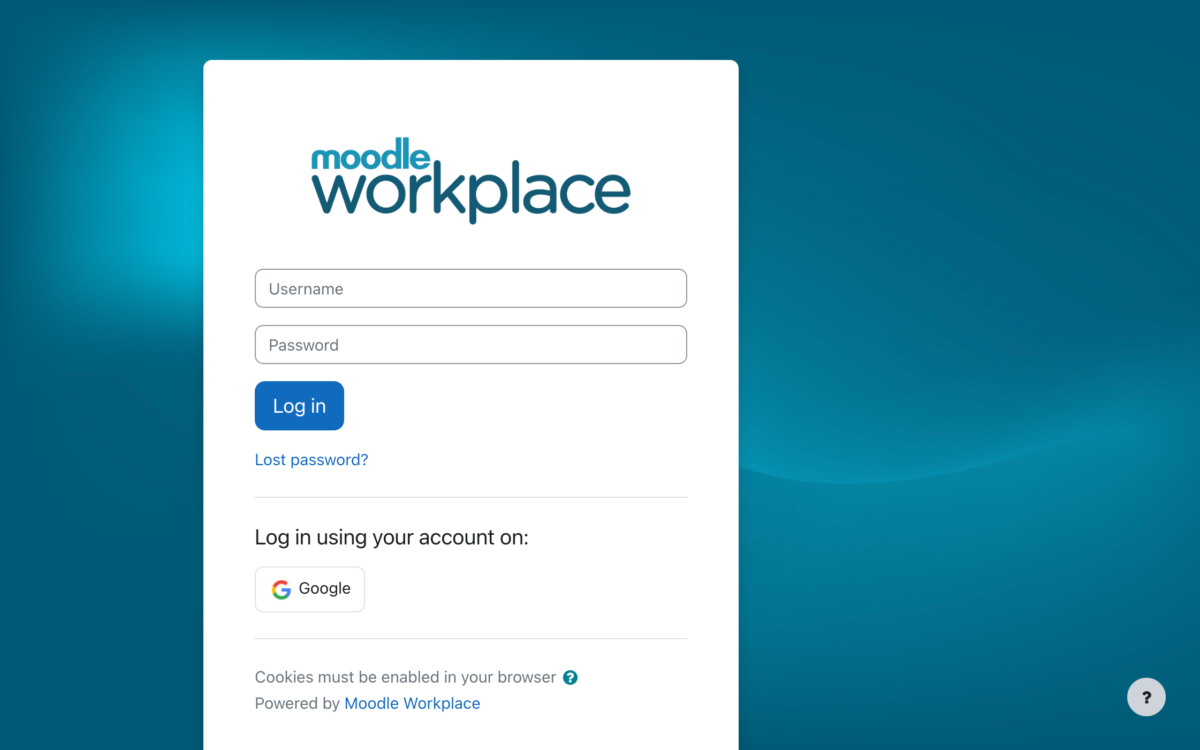Why do some eLearning programs fall flat on their face and others succeed?
In a nutshell, online courses fail largely because the information isn’t relevant to real work situations. Theory may work well in an educational institution, but on the job it quickly loses its currency. So transferring your old material onto a new platform may ensure failure.
What then are the seven guiding principles to implementing a relevant workplace eLearning program?
First, define your learning objectives. If you want someone to know how to deal with a difficult customer, then create a learning module that teaches specific techniques for defusing hot-headed conversations.
Second, define critical job skills. This type of “task analysis” helps you design your courseware in a logical manner.
Third, provide the guidance needed to help your learners navigate the course. This requires solid instructional design, so if you don’t have the internal skills, there are plenty of companies willing to help you out.
Fourth, offer recognition and rewards. Your learner will respond to possible promotions if they complete the course successfully.
Fifth, establish a learning culture. This very difficult to achieve and requires you to encourage the sharing of ideas the the means to do it. Many LMS platforms, including Moodle and Totara, offer this social networking capability.
Sixth, ensure there is a way to assess performance. Most eLearning platforms offer built-in assessment and tracking capabilities. But you may need more than automatic scoring on multi-choice questions.
Seven, map out a strategy for success. There are plenty of off-the-shelf online courses. In fact, thousands of them are floating around the net. But they may not fit your specific needs. Shop around but don’t expect the perfect fit and don’t expect measurable results the way that you want to measure them. Customisation and flexibility in your learning platform are often the way to go.







